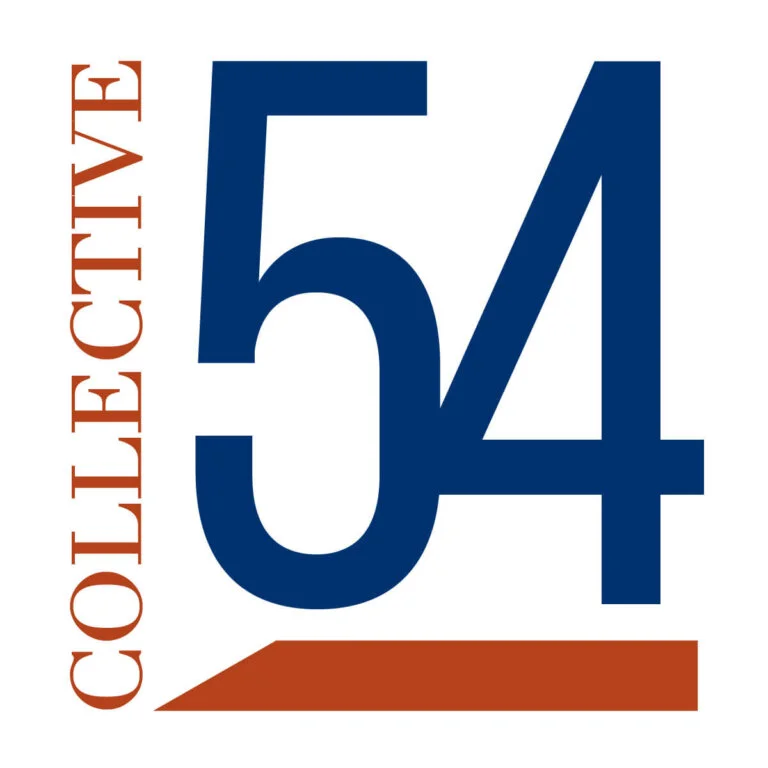|
Getting your Trinity Audio player ready...
|
The Founder’s Guide to a High-Impact #2: What to Expect From Your Second-in-Command

As a founder, you’ve poured your heart and soul into building your professional services firm. You’ve navigated countless challenges, celebrated hard-won victories, and perhaps have reached a point where you realize you can’t do it all alone. Many founders find themselves becoming bottlenecks, which directly impacts both growth and profitability.
A strong second-in-command (#2) is essential to help you move beyond the limitations of your direct involvement, making scaling easier, and exits more achievable. This is not just an extra pair of hands – they are a key strategic partner, who can help you take the business to the next level.
When Is It Time for a #2?
Consider bringing on a second-in-command when:
- You spend more time managing operations than driving strategy
- Growth has plateaued due to your bandwidth limitations
- Decision-making bottlenecks are slowing team progress
- You need someone to translate your vision into actionable plans
- The complexity of operations requires dedicated leadership
Core Expectations of a Second-in-Command
The following qualities and capabilities are essential for a high-impact #2, each contributing to your firm’s scalability and success:
Operational Expertise
Your #2 should be adept at implementing operational systems to enhance efficiency and reduce your reliance on day-to-day tasks. They should be able to turn tactical capabilities into competitive advantages. For example, a company with a strong data analytics team can leverage that capability to gain insights into customer behavior and operational efficiencies.
Strategic Execution
A #2 must translate your vision into a clear, actionable plan. This means taking the big picture and breaking it down into manageable steps. I’ve personally implemented the Entrepreneurial Operating System (EOS) to break the vision down into 5-year, 3-year, 1-year, quarterly, milestone goals. But it’s less about the tool used, and more about the clarity you paint – it makes it clear what you expect, and mobilizes your team to hit the mark.
Leadership and Team Alignment
A strong #2 will unite your team around a shared vision and core values. They will empower your team to use their skills to the fullest, ensuring the founder’s vision and people can function in harmony. When necessary, your #2 must be comfortable having uncomfortable conversations with team members who aren’t meeting expectations.
Financial-Operational Acumen
Your #2 should have a solid understanding of the connection between getting the sale and fulfilling the sale, and how that data can be used to decide how and which levers to pull. For example, how many of your total available hours must be chargeable in order to meet your profitability target?
Communication and Trust Building
Success in this role requires exceptional communication skills and the ability to build trust throughout the organization. This means maintaining clear channels of communication, providing regular updates on key initiatives, and fostering strong relationships at all levels.
What a Founder Should NOT Expect from Their #2
A Mirror Image
They should bring new perspectives and skills to the table. You need someone who can challenge you constructively and introduce fresh ideas that complement your vision.
Mind Reading Abilities
Don’t assume your #2 can catch your 1,000 ideas per day. It’s important you both meet each other where you are. In a previous role, I experienced this challenge firsthand. When my then-founder and I were misaligned, I developed a system to ensure clear communication. To avoid any misunderstanding, I would craft my message in writing, share it in advance, and then conduct a meeting to prevent any misinterpretation of recommendations. One instance that creates multiple opportunities to get on the same page.
Immediate Perfection
It takes time for your #2 to fully grasp the intricacies of your business and working style. So size expectations to the situation. During my tenure at a previous firm, there was a time when the founder and I had reached a boiling point, and some things were shared that neither one of us enjoyed hearing. Despite that, after taking a moment to collect myself, I knew it was a moment of frustration and felt it was important to be honest about it. Instead of leaving the meeting on a low note, I reminded my former founder I was frustrated at the situation, and not him personally. Afterwards, I invited him to have a dram of scotch (a shared passion of ours) later that afternoon – a simple gesture to remind ourselves that a blip in the road doesn’t damage our relationship.
Building a Strong Founder-#2 Partnership
The relationship between a founder and their second-in-command can be just as complex as any close relationship – it takes a similar level of trust, communication, and dedication to make it work.
Drawing from my past experience as a #2, I’ve seen how these partnerships evolve and strengthen over time. You’re not always going to see eye to eye, so it’s important to approach disagreements with respect and a focus on moving forward.
The success of this critical relationship begins with choosing the right #2 for your organization. While the selection process deserves its own detailed discussion (stay tuned for a future article on this topic), the expectations and insights shared here can help you build a strong foundation for this essential partnership.
